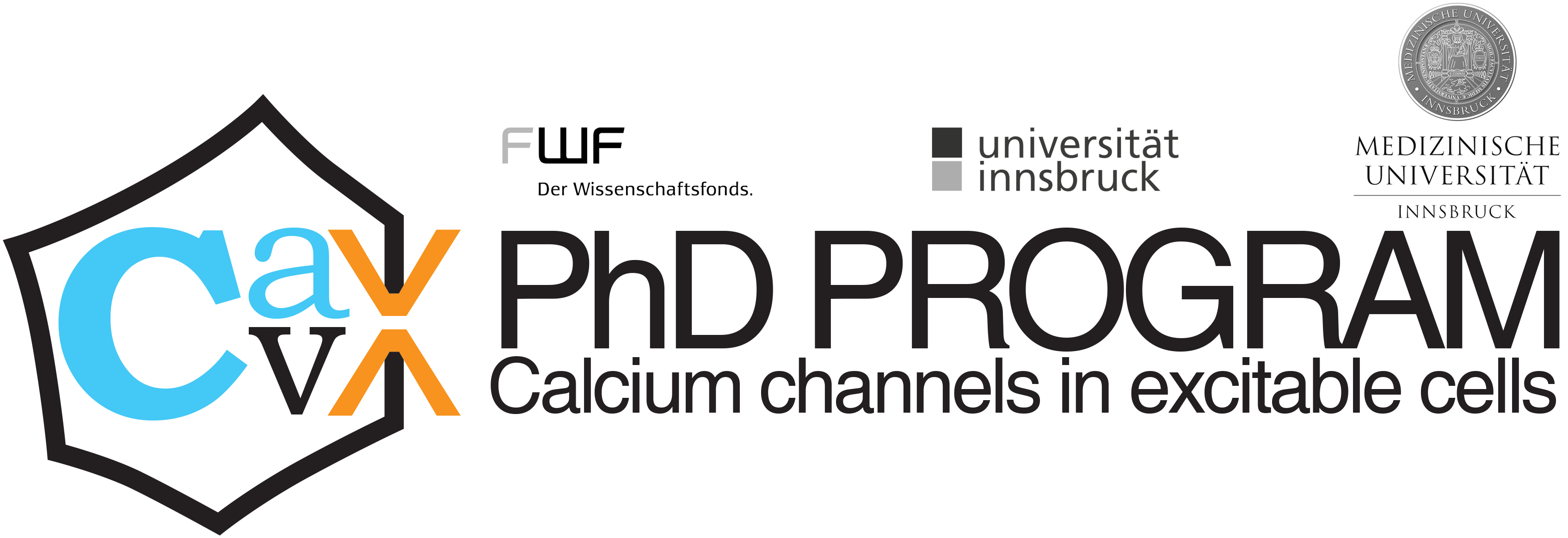// EL GHALEB GROUP
Keywords: voltage-gated calcium channels, T-type channel structure-function analysis, CaV3.3 disease variants
// AIM
In this group, we aim to deepen our understanding of the molecular mechanisms governing the gating properties of T-type calcium channels, particularly in the context of neurodevelopmental diseases and epilepsy. By investigating structural determinants of different gating properties and studying disease variants found in CACNA1I, we aim to uncover novel insights into CaV3.3 function and its implications for disease pathology. An additional goal is to elucidate which structures underlie the isoform-specific gating properties of CaV3.3 and set this channel apart from the rest of the voltage-gated calcium channel family.
// APPROACH
In strong collaborations with the Fernández-Quintero lab, Flucher lab, Campiglio lab, and Tuluc lab, we are able to use a variety of techniques to reach these goals. We use on one hand a bottom-up approach starting with putative molecular interactions in CaV3.3 identified by structure modeling. We then use site-directed mutagenesis and electrophysiology to study the potential role of these interactions in the regulation of voltage sensing and/or gating kinetics. On the other hand, we use a top-down approach starting with putative disease mutations identified in patients with neurodevelopmental disorders and epilepsy. Besides site-directed mutagenesis and electrophysiology, we use NEURON computer models to research the effect of these mutations on channel gating and in order to understand how these mutations result in the phenotype observed in the patients. Additionally, we use the structure models of the channel to explain the effects we see on a biophysical level by studying the change in molecular interactions caused by the mutation. In this way, we learn more and more about how specific interactions in voltage-gated calcium channels differently orchestrate the complex mechanisms of channel opening and closing, and how changes on the atomic level can lead to dramatic changes in channel gating and severe disease in patients.
// RESEARCH TOPIC
The voltage-gated calcium channel family is comprised of ten genes and can be divided in high-voltage activated (HVA) and low-voltage activated (LVA) channels. The three LVA channels (CaV3.1-CaV3.3), also known as T-type channels, are central regulators of neuronal activity and promising drug targets for the treatment of pain and epilepsy. Several T-type channel blockers are available for clinical use but are limited by the lack of sub-type specificity. The gene coding for CaV3.3 (CACNA1I) has been proposed as a risk gene for schizophrenia and migraine and recently our lab identified CACNA1I for the first time as a disease gene for neurodevelopmental disorders and epilepsy. The increasing interest in the function of CaV3.3 begs for a better understanding of its specific properties. For the first time we can use dynamic models of the complete structures of CaV3.3 and CaV3.1. In our current research, we merge this latest scientific evidence and technical innovations to advance our understanding of T-type channel function in general and, particularly, of the mechanisms underlying the isoform-specific gating properties of CaV3.3 and its aberrations in neurological disease.
// LAB MEMBERS
Group leader: Yousra El Ghaleb
// ADDRESS
Division of Physiology,
Department Physiology and Medical Physics
Medical University of Innsbruck
Schöpfstrasse 41
A-6020 Innsbruck, Austria
// SELECTED PUBLICATIONS
El Ghaleb, Y., and Flucher, B.E. (2023) CaV3.3 channelopathies. Handbook Exp Pharmacology, doi: 10.1007/164_2022_631.
El Ghaleb, Y., Ortner, N.J, Posch, W., Fernández-Quintero, M.L., Tuinte, W.E., Monteleone, S., Draheim, H.J., Liedl, K.R., Wilflingseder, D., Striessnig, J., Tuluc, P., Flucher, B.E., Campiglio, M. (2022) Calcium current modulation by the γ1 subunit depends on alternative splicing of CaV1.1. Journal of General Physiology, 154(9):e202113028. doi: 10.1085/jgp.202113028.
El Ghaleb, Y., Fernández-Quintero, M., Monteleone, S., Tuluc, P., Campiglio, M., Liedl, K.R., and Flucher, B.E. (2021) Ion-pair interactions between voltage-sensing domain IV and pore domain I regulate CaV1.1 channel gating. Biophys. J., 120:4429-4441. doi: 10.1016/j.bpj.2021.09.004. PMID: 34506774
El Ghaleb, Y., Schneeberger, P.E., Fernández-Quintero, M.L., Geisler, S.M., Pelizzari, S., Polstra, A.M., van Hagen, J.M., Denecke, J., Campiglio, M., Liedl, K.L., Stevens, C.A., Person, R.E., Rentas, S., Marsh, E.D., Conlin, L.K., Tuluc, P., Kutsche, K., and Flucher, B.E. (2021) CACNA1I gain-of-function mutations differentially affect channel gating and cause neurodevelopmental disorders. Brain, in press doi: 10.1093/brain/awab101. PMID: 33704440
Fernández-Quintero, M., El Ghaleb, Y., Tuluc, P., Campiglio, M., Liedl, K.R., and Flucher, B.E. (2021) Structural determinants of voltage-gating properties in calcium channels. eLife, in press doi: 10.7554/eLife.64087. Online ahead of print. PMID: 33783354

